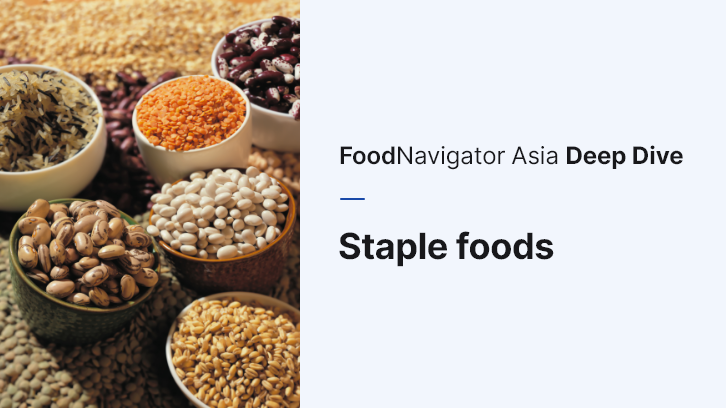Australia Federal Treasurer Jim Chalmers announced the country’s 2025/2026 Budget in late March, with a lot of focus on income tax cuts and cost of living relief - but according to the local food and grocery sector, this may not be enough to provide consumers with ‘lasting relief’.
“The Australian Food and Grocery Council (AFGC) welcomes the government’s commitment to easing financial pressure on households,” AFGC Interim CEO Colm Maguire said via a formal statement.
“However, lasting relief for Australians depends on a strong, viable domestic manufacturing sector that can keep shelves reliably stocked with affordable products.
“More practical and targeted action [is required] for food and grocery, including government tax incentives to modernise processes in the industry through automation and digitisation.
“This is in addition to investment in more resilient transport infrastructure to protect against natural disaster disruptions; ensuring access to stable, affordable energy for manufacturers; and addressing workforce shortages, particularly in regional and rural areas.”
This was seconded by Food South Australia (FSA) which highlighted the urgent need to address input costs contributing to rising food and grocery prices.
“While the budget measures are a step in the right direction, further attention is needed to address rising input costs — particularly electricity costs, workforce shortages, and other barriers to growth that prevent our sector from achieving its full potential,” FSA CEO Tori Dixon-Whittle added.
“To ensure the sector’s resilience, it is critical that these issues are addressed with targeted policies and support [in order to] enable manufacturers to seize emerging opportunities and position us as a leader in the global food sector.
“In light of ongoing global uncertainty, the importance of remaining nimble, diversifying, and expanding our markets is clear to help mitigate the risks of geopolitical and economic volatility.”
Australia’s Budget 2025 and food
The Budget was announced right around the time that the United States had introduced new tariffs on all its trade partners, under which Australia was hit by a 10% tariff hike – minimal compared to markets such China’s now-145% and Cambodia’s 49%, but still a significant impact for export trade.
The Budget introduced a number of supportive initiatives for local businesses, such as A$60mn (US$) to support small businesses in enhancing digital and cyber security capabilities, A$20mn (US$) for the Buy Australia Campaign and others to help manage energy costs and improve regional infrastructure.
However, there was not much announced in terms of specific initiatives for food and grocery businesses other that A$2.9mn (US$) over three years to ‘assist fresh produce suppliers in understanding and enforcing their rights under the Food and Grocery Code, supporting better commercial outcomes in negotiations with large grocery businesses’.
“The US introduced a 10% tariff on all Australian exports, marking a significant challenge for Australian food and beverage exporters,” FSA added.
“This move has come as global economic risks continue to rise, adding to existing pressures such as rising input costs, workforce shortages, and supply chain disruptions.
“In response to the 10% tariff, the government announced new funding for exporters[and] a new economic resilience programme providing zero-interest loans for firms to capitalise on new export opportunities.”
AFGC added that food and grocery manufacturing needs to be a priority, as an essential industry to keep local consumers fed.
“It is crucial to implement coordinated actions that reduce the financial and regulatory strain on essential industries [such as food and grocery] – boosting efficiency, resilience and competitiveness,” he added.
“Supporting essential industries like food and grocery manufacturing will help ensure everyday products remain accessible for all Australians.”





